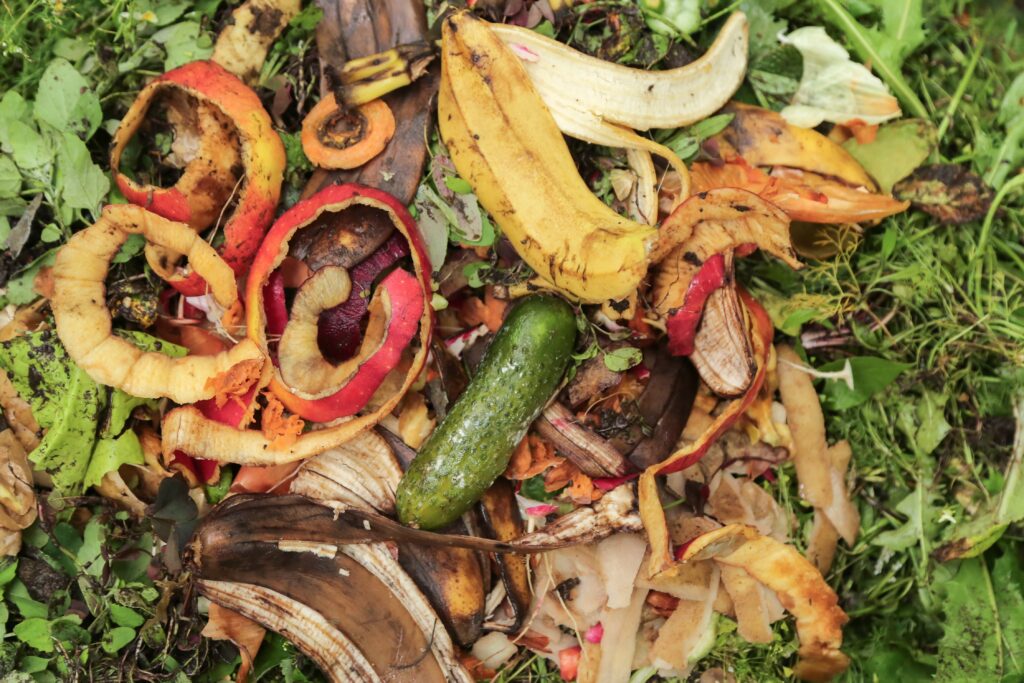Dr Brian Crook, who is the co-author of a new Health and Safety Laboratory report on potential health problems from commercial composting, told letsrecycle.com that in bringing together lots of different studies on the health aspects of composting, the new report revealed significant knowledge gaps.
“There is a lack of some fundamental information on the amount of micro-organisms released from the source on the composting site – we need that information,” Dr Crook said.
The report, which took about 18 months to complete, mainly took the form of a literature review of studies relating to health and safety on composting sites from all over the world, as well as some computer modelling. The study is intended to help HSE and Environment Agency staff form and enforce composting policies.
The Health and Safety Laboratory, part of the Health and Safety Executive, concluded that workers at composting sites were exposed to concentrations of bioaerosols at similar levels to those in other industries such as waste handling and agriculture. Bioaerosols are tiny particles of biological materials such as dust and micro-organisms common in the air when waste or compost has been moved around.
The report stated: “Data that have been reported indicate that workers at compost sites are at risk of regular exposure to bioaerosols between 10 and 1,000 times greater in concentration than may be expected normally in ambient air. The allergenic fungus Aspergillus fumigatus is a significant component of compost bioaerosol.”
Models
Dr Crook, head of microbiology at the HSL, explained that the authors had looked at computer models to show how organisms dispersed around a site. “This includes looking at meteorological and site data and calculating the number of micro-organisms being generated and how far they can deliver and spread,” he said, adding that the models could only be used properly if the knowledge gaps in this area were plugged.
Although the report concentrated on working conditions at composting sites, it also touched on bioaerosol dispersal to nearby homes. The Environment Agency has already set a limit of 250 metres around composting sites within which it is necessary to assess risks to exposed neighbours, and current studies have not suggested this limit needs to be changed.
Dr Jane Gilbert, chief executive of the Composting Association and co-author of the report said: “This work supports the conclusions of a similar independent review undertaken in the USA which concluded that 'c;omposting facilities do not pose any unique endangerment to the health and welfare of the general public'.”
Continued on page 2






Subscribe for free